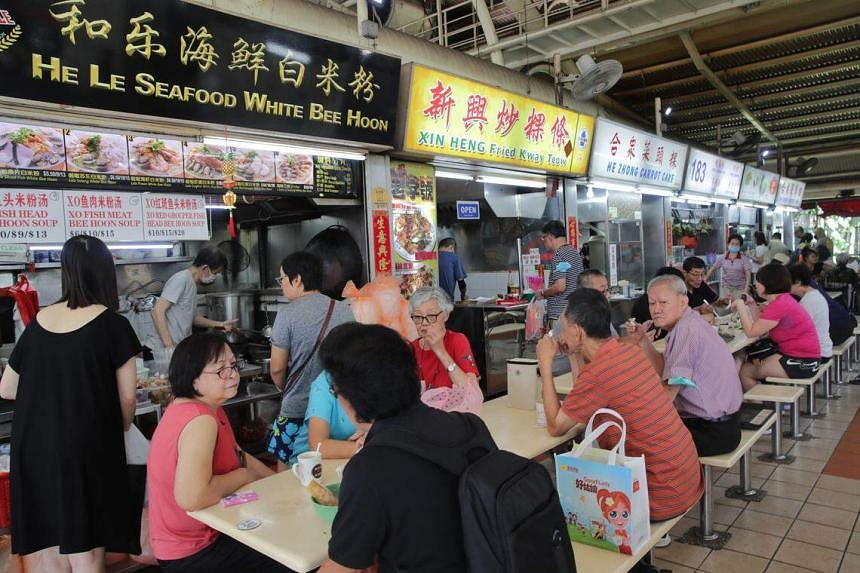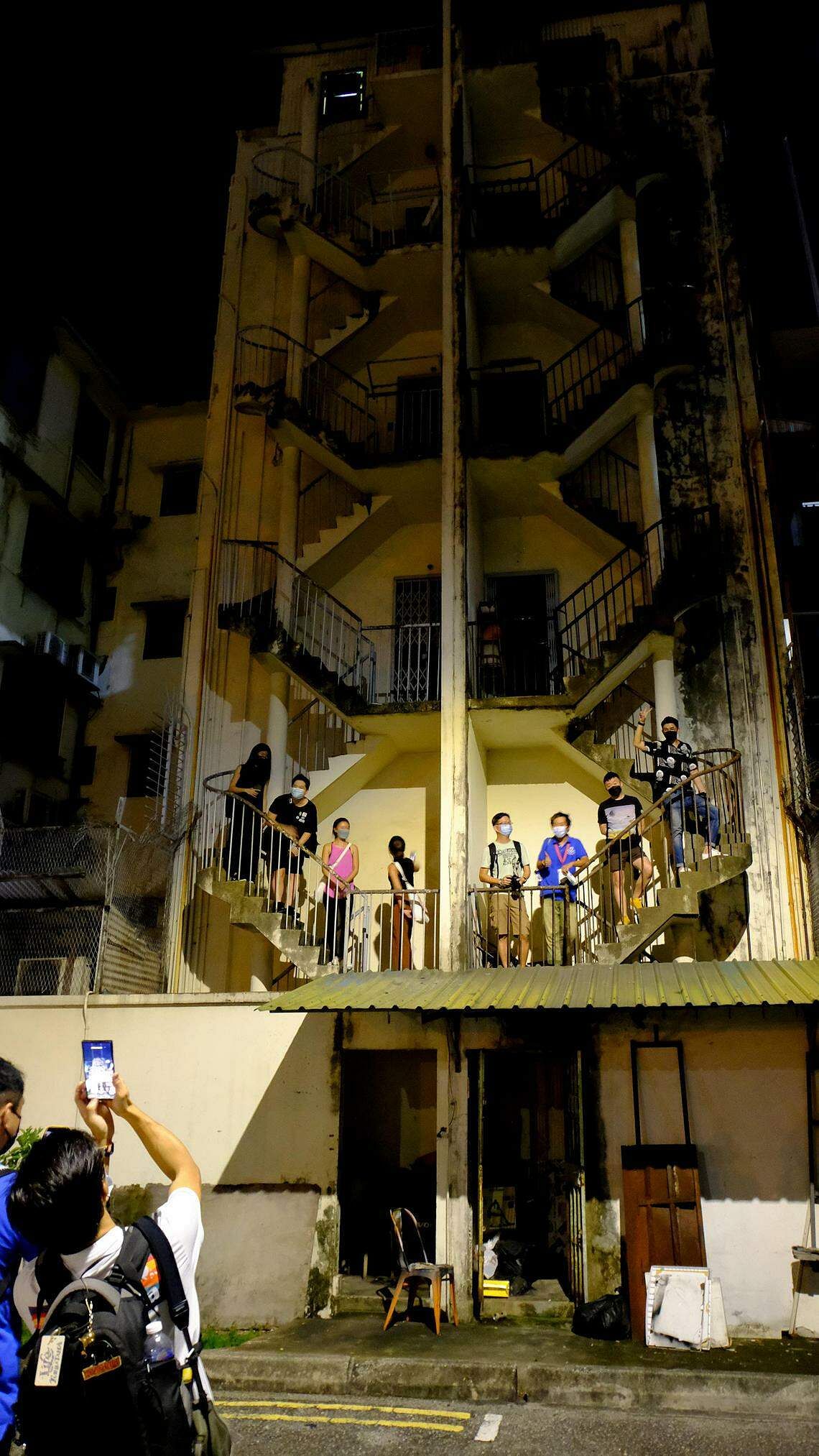B, in his 30s, is one of many Singaporeans who visit Tokyo almost every year for its food, culture and cocktails. But the spike in Japan’s hotel prices means he will likely give next year’s trip a miss.
The communications professional usually pays around S$350 a night to stay at Intercontinental Tokyo, which has increased rates by about S$100 since his last trip in January. An alternative is Taiwan, he says, which is close by and cheaper.
Japan, a traveller’s darling, has no shortage of visitors. But since the post-pandemic spike in travel prices, some are turning away from expensive global cities to stretch their budget while seeing the world.
Singapore is among the casualties.
Some mainland China tourists, a market that made up one in five visitors before the pandemic, are gravitating towards other South-east Asian places such as Thailand, Indonesia and Vietnam.
With the high cost of vacationing in Singapore, more may follow suit.
Crazy expensive country?
Airfares in the Asia-Pacific region were 33 per cent higher in February 2023 compared with the same month in 2019, according to booking platform Skyscanner.
And a combination of manpower shortages, inflationary pressures and high demand has driven up hotel prices in Singapore by about 9 per cent from pre-pandemic levels.
This increase is most stark in the luxury and upscale hotel segments. The former had an average room rate of $590 this January, the highest since 2008, based on data from the Singapore Tourism Board.
Here’s how this actually feels for visitors. Recently, I compiled some hotel recommendations for an Australian traveller with a budget of around $150 a night and was surprised to find that this limited me to the most compact, no-frills rooms in the Bugis area.
Even economy chain Ibis Singapore, reliable for its international standards, had to be dropped from the list as its Bencoolen branch cost upwards of $200 a night.
The issue is not just about cost, but value – why spend $150 for a 14 sq m room here when one can get a villa in Bali for the same price, as Australians are wont to do?
Want a bit more space and luxury? It costs upwards of $300 for a four- to five-star property in Orchard Road.

For hotels, the uptick is a welcome chance to recoup the losses of the past few years – and a nod to Singapore’s textbook Covid-19 recovery. A big part of the demand is driven by the many meetings, incentives, conferences and exhibitions (Mice) that Singapore managed to woo in the aftermath of the pandemic, before other Mice hot spots such as Japan and Hong Kong reopened their borders.
Amid the current boom, it is unrealistic to expect hotels to lower their prices. But with other expenses such as taxis and attraction tickets, costs soar. During peak hour, a Grab ride from Changi Airport to central Singapore can cost as much as $50. Entrance fees to attractions such as Mandai Wildlife Parks and Universal Studios Singapore cost between $50 and $85.

No doubt there are cheaper ways to see the country. A recent vlog by a Polish and Briton duo, who survived on a budget of $50 for a day, made headlines here, with many locals lauding the travellers for sampling local cuisine. On travel blogs, other “Singapore on a budget” videos and articles abound.
But the success of such content lies in their anomaly – most tourists set aside $80 to $150 a day for food and entertainment, based on estimates from various travel sites.
And Singapore’s success in creating world-class attractions means it can never be fully satisfying as a budget destination. Folks on vacation who have spent good money to travel here want to see the best.
This means visiting iconic spots such as Gardens by the Bay ($53 for non-residents) and “that hotel shaped like a boat” popularised in the Hollywood film Crazy Rich Asians (2018). Entrance to the Marina Bay Sands SkyPark Observation Deck costs $32, or $98 for a family of four – pricey, considering most would not linger beyond an hour or two.

Hawker food is affordable and fantastic, but can one really eat it every day? It costs a pretty penny to dine on more upscale cuisine, such as at one of the 55 Michelin-starred restaurants here, or to enjoy Singapore’s thriving cocktail scene – all touted as prime attractions.
Before the pandemic, visitors from South America and Europe usually spent three to four days here, compared with two weeks in Bali or Phuket, says PlanTrip’s inbound travel consultant Judy Lum. Now, many have halved the duration of their Singapore leg because of high costs.
Independent travellers do the same. While on vacation in Cebu this March, I shared a long-distance taxi ride with a couple of Australian travellers in their 20s. Theirs was the classic backpacker’s template – six months in South-east Asia, including a Malaysian itinerary that showed they had done the research. Kuala Lumpur, Penang, Melaka, Taman Negara National Park and East Malaysia. My companion and I were duly impressed.
Singapore? Perhaps a two-night stop.

Value for money
Singapore is now at a crossroads. With our strong currency and travel recovery, we might model ourself after countries like Bhutan, known for its high-value, low-impact tourism. Or tiny Monaco, the second-smallest country in the world, drawing the rich and famous with its casinos, designer malls, opulent bars and clubs as well as man--made beaches.
Sounds familiar? We, too, could set our sights on ever more high-value tourists able to afford the pleasures of the Republic, a longstanding strategy of our tourism board. But it would be wise to balance this out with a tourism identity that does not alienate the everyday man.
Here’s a thought experiment. If Brand Singapore were a person, would they be someone you would want to hang out with? Are they well travelled yet down-to-earth, comfortable both in a wet market and a white tablecloth restaurant, clued in on the stories of what makes a home?
This, to me, is the sort of complex, alluring destination that would entice one to stay longer than a 24-hour transit.
Beyond tourism receipts, it shapes the impression that people have of Singapore beyond a manicured garden city.
During the pandemic, I covered a night tour of Jalan Besar that spotlighted invisible communities in a rapidly gentrifying area. We heard stories of life in rental flats and visited the “graveyard for sex workers”, a back lane near Farrer Park MRT station where older women ply the oldest trade in the book.
“I imagine future travellers on this tour, uncovering an alternative side to shiny, well-sanitised Singapore,” I wrote then.
“Certainly this is not the stuff that makes it into tourism brochures. But these, too, are stories of home, compelling to a local, and surely that must make them worth telling?”

There is a segment of people drawn to such stories in the traveller’s unending quest for authenticity.
“We never go to a Starbucks when we travel,” said a woman from the United States, one half of a couple who visited Singapore in August. It was as much a summation of her travel style as it was a point of pride.
Beyond the must-see attractions, people want to feel like they have uncovered something real. That is why tourists relish being part of local life, be it on a market tour or being invited to dine in someone’s home.
Ms Lum of PlanTrip says Singapore is alluring to customers from emerging markets such as Latin America who are won over by its safety and cleanliness. But many arrive without much knowledge of the country beyond places such as Marina Bay Sands.
In reality, the kitschy faux-Venetian sampan ride at Marina Bay Sands is as much a part of Singapore’s identity as down-home neighbourhoods like Geylang or Toa Payoh (both well showcased in local tours).
Marketing both to the world would round out the narrative of what a trip here can offer, give visitors a reason to linger, and allow them to return home with a richer understanding of our country.


